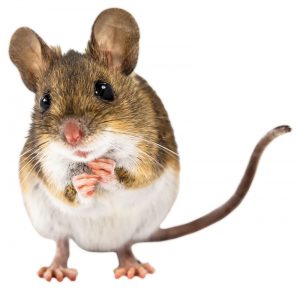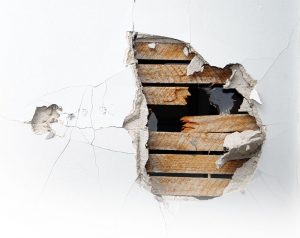The house mouse (Mus musculus) is the model rodent for the cartoon icon Mighty Mouse, and its abilities are practically in the superhero range. To customers, though, it might look more like a supervillain.
For example, a house mouse develops from a newborn to a reproductive adult almost as rapidly as a German cockroach — which is no slouch in reproducing. Mice communicate through their urine, producing thousands of droplets each day and placing it in areas that can harbor harmful disease organisms for humans.
Their desire to chew on electrical wires, resulting in fires, is so well documented that insurance companies expect commercial buildings to have adequate rodent control.
If that weren’t enough, recent research indicates some mice are born already genetically predisposed to avoid glue boards and/or snap traps. Over time, if you continue to use only these methods with an account, you can develop a hardy mouse population that survives. Thus, other methods — such as the use of multiple control traps and different rodenticide formulations — may be necessary.
As new information comes forth on the house mouse’s increased health hazards to humans, it is time to reinforce our efforts to eliminate established house mouse populations within structures. The more complex the structure, the greater the challenge becomes to achieve success. Here are some of the fundamental approaches needed. Keep in mind that while they sound easy, they actually take effort to implement.
- Assess the situation before pricing the job. If the potential client has gone through a few different pest management firms because of “unsatisfactory control,” be careful what you take on.
- Inspection must be thorough to be successful. For example, you must get into suspended ceilings to inspect and, if needed, set up control devices. In office buildings, the ceilings above pantries and coffee areas are more likely to have mice than non-food areas. For access into inaccessible void areas, you will need the right tools — and may need to create access doors.
- Peter Parker has nothing on a house mouse. Mice can scale vertically rough walls like a monkey, traveling three stories up the side of a building and onto a roof. This is what this mighty mouse is all about. Now, did you check the flat roof for mouse activity? Do you have it protected with rodent control devices?
- When in Rome (or on a warehouse dock)… Forklift operators on loading docks seem to delight in smashing control devices. Play defense by placing snap traps, glue boards and/or rodent bait stations inside PVC piping.
- Recruit rodent-proofing pros. Rodent-proofing plays a major role in keeping mice from traveling into inaccessible voids and spreading to adjacent areas. You should have your own people trained in rodent proofing. Select skilled technicians to do this work, and build up pest-proofing routes. For more information on this specialty, read up on the literature published by fellow PMP Hall of Famer Dr. Bobby Corrigan (Class of 2008), as well as the website of the Scientific Coalition on Pest Exclusion (SCOPE).
- Don’t establish routine service until you have crushed existing mouse populations. You may have to go three times a week for a month or longer before pulling back to weekly, and then less-frequent service intervals. You say, “This costs money.” I say, “Until we stand as an industry to do it properly, the public will never believe mouse management requires so much work. How can they, when five different pest management companies said they could do it with a handful of glue boards and routine services?”
The mouse often is listed as the second most-successful mammal on the planet. Humans are supposed to be first. Now, let’s go out and prove it.
1-2-3 Service
Mice enter structures permanently through open doors, holes in walls and other access ports. The one-two-three punch to minimize this is:
- Alter the environment around the exterior of a building so as to not favor mice harborage. In other words: Remove debris and keep vegetation low or remove it.
- Rodent-proof the bottom of entrance doors and pipe penetration areas.
- Establish rodent control devices on the exterior. This can be mechanical and/or rodenticide, depending upon the sensitivity of the account.
In many cases, the pest management professional can provide service for all three steps.
Dr. Austin Frishman, a PMP Hall of Famer, can be reached at PMPEditor@northcoastmedia.net.


Leave A Comment